The crash in tourism has jeopardised decades of wildlife conservation efforts in Kenya
The wildlife of the Maasai Mara relies on money from tourism, but with coronavirus bringing an end to the influx of people, serious questions are being asked about the future of conservation writes Max Bearak
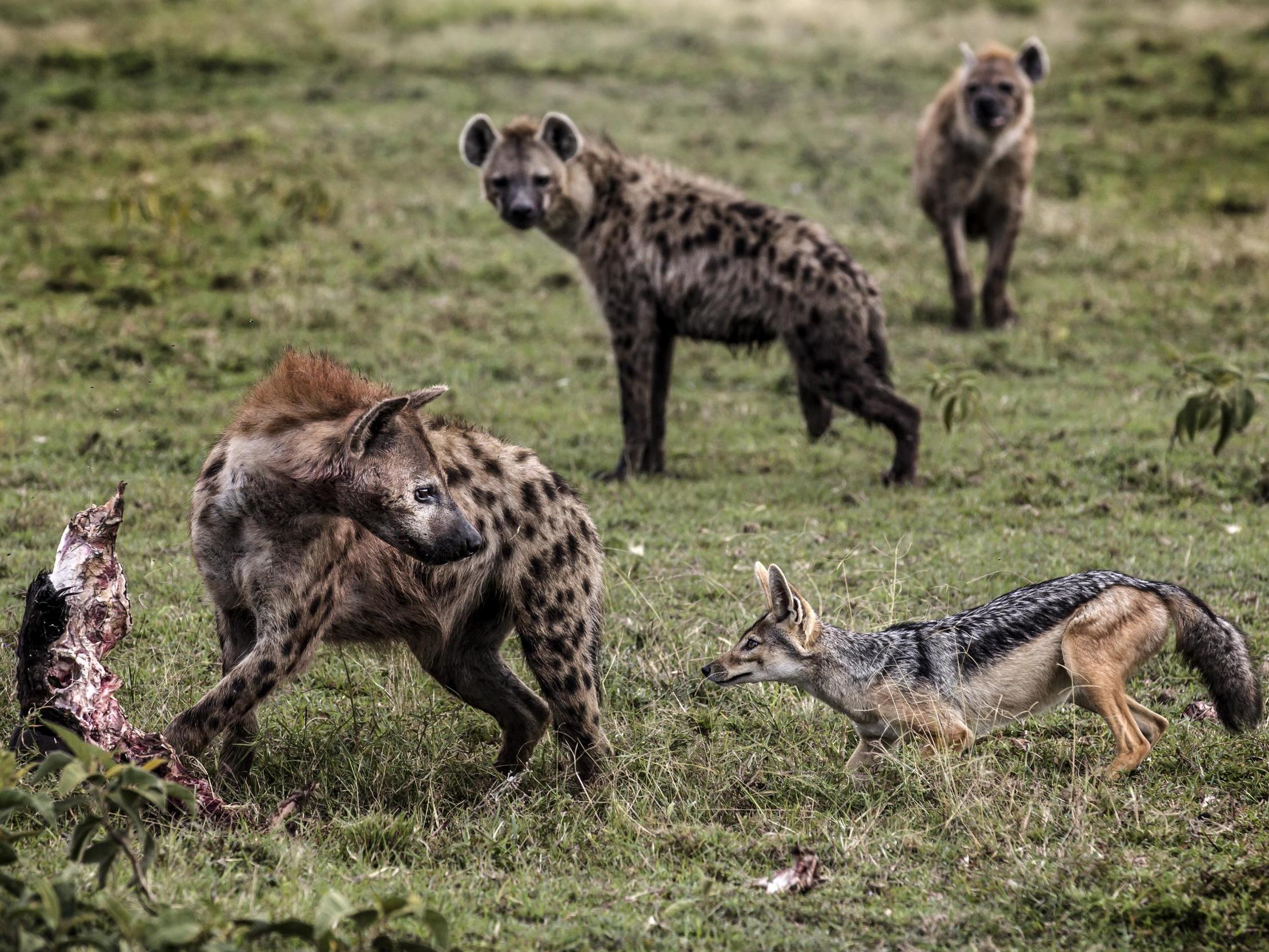
The world’s most famous savanna boasts two epic migrations.
One has traversed it for millennia: millions of wildebeest, zebras and gazelles follow billowing rain clouds in search of new grazing grounds. The other horde descends upon the first in open-air safari jeeps, zoom lens cameras at the ready, coolers tucked between the seats filled with snacks and prosecco.
Coronavirus travel restrictions mean the humans have suddenly vanished, and along with them a billion-dollar tourism industry that employs millions and underpins a symbiotic human-wildlife ecosystem – the private conservancy – that is essential to wildlife conservation in many African countries.
Conservancies constitute more than 11 per cent of Kenya’s land, more than national parks. The model is simple: community shareholders, mostly cattle herders, receive tourism revenue from wildlife safaris as compensation for lost grazing land, and salaried jobs proliferate at new hotels and for rangers. Wildlife becomes more valuable alive than dead, disincentivising poaching.
Now, with tourism revenue nearly zeroed out, most workers at Kenya’s 167 community-owned conservancies are furloughed, and payouts to nearly 1 million shareholders have been reduced or suspended entirely. Communities are considering a return to grazing, jeopardising decades of wildlife conservation efforts across the continent’s vast grasslands.
“Through conservancies, we built a system in which coexistence between humans and wildlife is central,” says Dickson Kaelo, CEO of the Kenya Wildlife Conservancies Association. “Conservation used to be premised on kicking communities off their land. Now we know that those communities are essential. Without benefiting them, there is no future for conservation.”
Travel restrictions from March to July brought international tourism to a halt. Industry analysts say 2020 is essentially a lost year for tourism operators: as much as $2.2 trillion lost, at least 80 per cent lower profits, as many as a billion fewer travellers, and more than 100 million jobs gone. Other closely related businesses like airlines, construction, handicrafts, catering and car rentals have been drawn into a whirlpool of bankruptcy.
In Kenya, where 8 per cent of the economy is directly derived from tourism, the gross domestic product is forecast to shrink by 5 per cent. Other tourism-dependent economies like Jamaica and Thailand could see declines of around 10 per cent or more, according to the United Nations. International flights to Kenya resume on August 1, but arrivals are expected to be limited by continued restrictions on travel imposed by European and Asian countries.
With limited flights and travellers worried about the quality of available health care, it could be years before bookings return to normal. Stock market slumps and terrorist attacks threatened tourism here in the past, but the pandemic may leave an indelible scar.
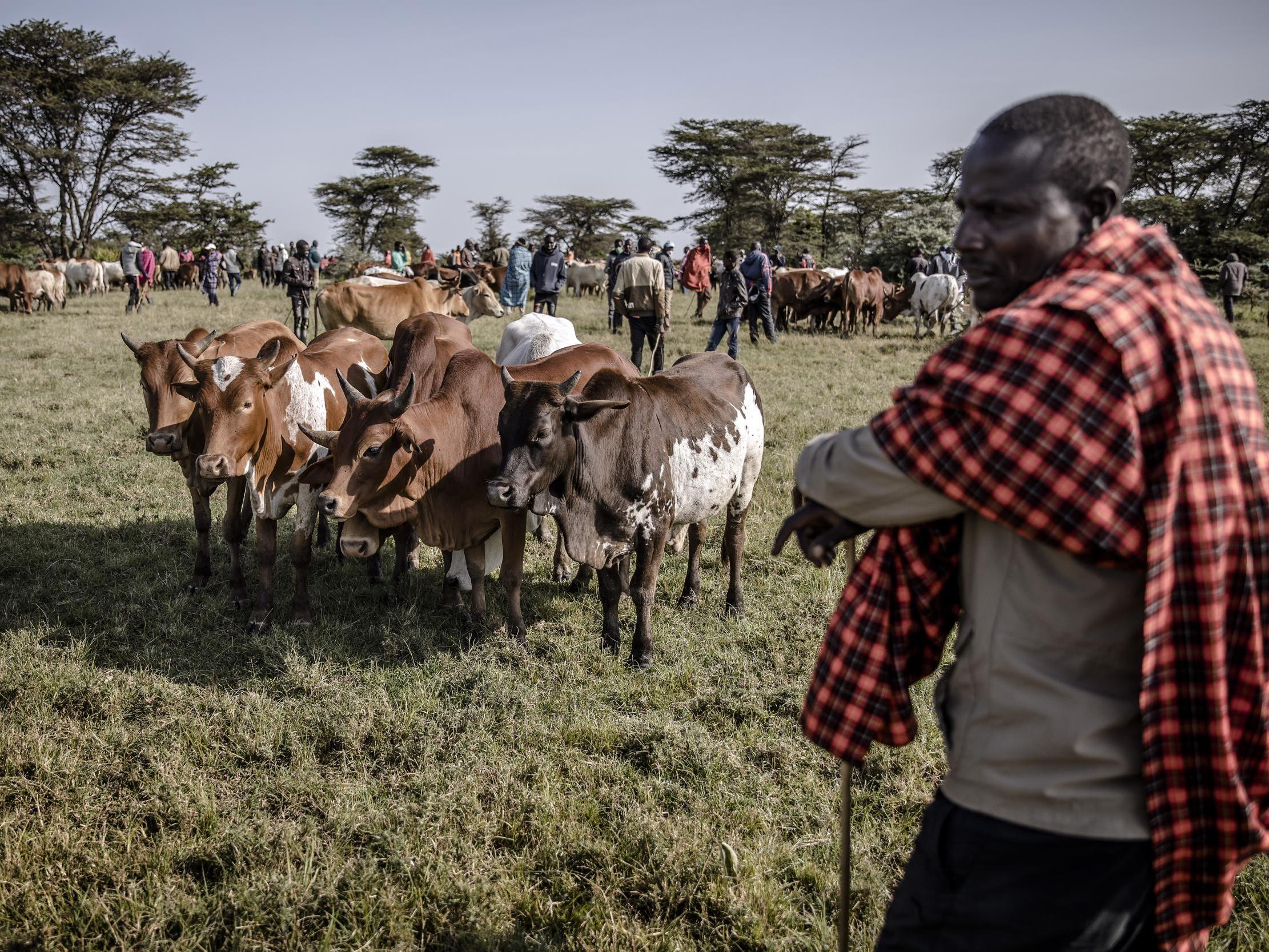
“Right now, we’re in survival mode,” says Jimi Kariuki, chairman of the Kenya Tourism Board and CEO of one of the country’s swankiest hotel chains. “Let’s not even talk about recovery yet.”
Whereas the past decade saw a growing debate around “overtourism” clogging the canals of Venice and dirt tracks of the Maasai Mara, there’s now talk of a future in which tourists stay closer to home, away from packed planes and public spaces. Vast parking lots sit empty from Disneyland to the pyramids of Giza.
Asia and Europe are hardest hit because of the sheer number of tourists they receive, but some African economies are more dependent on tourism even with fewer travellers. That’s partly because wildlife tourism tends to be pricey: Week-long packages cost upward of $10,000 even at midrange camps. Kenya, Botswana, Namibia and Tanzania are particularly reliant. Although Africa has less than 5 per cent of global coronavirus cases, the pandemic’s effects on economies may be most dire here.
Tourism is gone for now, and it won’t bounce back quickly. I’m afraid this could be the demise of conservancies as we know them
Tourism brings these countries the very taxes and foreign exchange they might use to bail out tourism operators on the brink of failure. No African country has announced a major bailout for the industry. In Tanzania, the president has reopened borders to promote tourism while denying that the novel coronavirus is present in the country despite clear evidence to the contrary.
By late June, Kenya’s Tourism Ministry said, tourism operators had lost more than $750m in 2020, and 82 per cent said they had put employees on unpaid leave.
“The entire tourism sector is out of business,” says the minister, Najib Balala. “We are on our knees.”
It’s July, the peak of the high season, and bookings made years in advance pointed to another banner year for the conservancy business in the Mara, an undulating savanna whose human inhabitants mostly belong to the Maasai peoples.
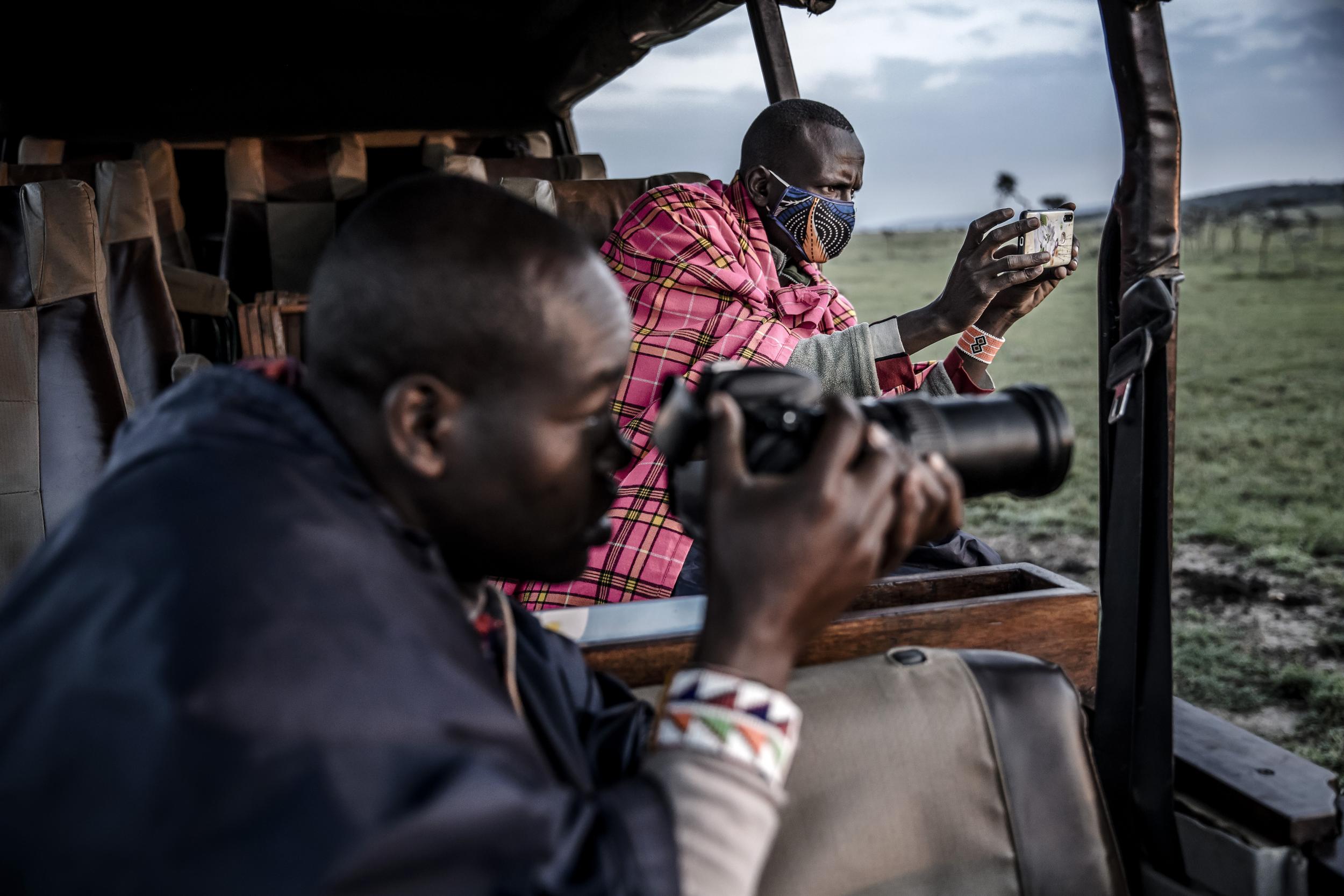
The great migration of animals had begun; wildebeest on their way north from the Serengeti plains in Tanzania crossed the Mara River in frantic stampedes, crocodiles picking off the young and the weak. Guests would be paying huge premiums to witness the spectacle. Orders for prime meats, cheeses and wines had been placed, reserve waitstaff put on standby.
Instead, as many as 7 million Kenyans working in tourism and tourism-dependent jobs – around a third of the country’s labour force – were out of jobs or on reduced pay, says Kariuki, the tourism board chairman. Huge investments in the burgeoning sector had been made with loans that look increasingly impossible to pay back.
“Across the Mara, there are brand new camps, new luxury tents, refurbished jeeps, millions and millions and millions spent in anticipation for the high season,” says Jimmy Lemara, 40, who has been a guide for 15 years and now manages the Porini Mara Camp, a cluster of plush tents along a gurgling stream on a private conservancy. “Gone, all gone. Might as well have thrown it away.”
The savanna’s creatures chewed their cud and chased their prey unperturbed by the rumble of jeep engines, the click of camera shutters and the whine of impatient human children. To the animals, the crisis is imperceptible, but it may cost them, too.
The communities around the Maasai Mara that once saw profit in leasing their land to conservancies are now getting only half of their payout – and that, too, only because of a massive fundraising campaign, with donors as big as the US Agency for International Development. Other conservancies have stopped paying entirely.
“Thirty years of hard work building this ecosystem is being undone,” Kaelo says. “Tourism is gone for now, and it won’t bounce back quickly. I’m afraid this could be the demise of conservancies as we know them.”
290,000
Visitors to the Maasai mara each year
Not all of Kenya’s conservancies have shareholders. Some of the biggest ones sit on land that was converted from ranches into conservancies by the descendants of colonial settlers as a way to keep their land. They have been criticised for not investing as much in local communities as others. But the model at large is based on community ownership, and Kaelo says that as tourism revenue plummets, even rangers, now considered essential, may have to be let go, greatly increasing the risk of poaching.
At a cattle market in one village, locals were already preparing to reclaim old grazing lands and increasing the size of their cattle herds to make up for lost conservancy payments. Old bulls were headed for slaughterhouses, while new calves were brought home to ranches right on the Mara’s edge.
“Ask anyone here, and they’ll say the same,” says Ole Muli Tipatet, an older Maasai man who like nearly everyone else at the market held conservancy shares as well as owned cattle. “If the conservancies can’t pay us, then what need will we have for them? Why keep holding shares that are worthless? We’ll go back to grazing the land, what else?”
Lemara, the camp manager, embodies the model’s success. He was one of 29 siblings and half-siblings from a big family in a tiny village, and he now earns an enviable salary by Kenyan standards.
“Everything I have – my new house, my cows – I owe to tourism. Even my bush limousine,” he says, referring to his brand new safari jeep that can fit eight passengers.
He and all his family members, as well as the majority of Maasai living near the Mara, are conservancy shareholders. A full share, 150 acres, earns its holder just under $400 a month, about 25 per cent higher than the average Kenyan income. Like Lemara, many shareholders earn both through dividends and jobs on conservancies.
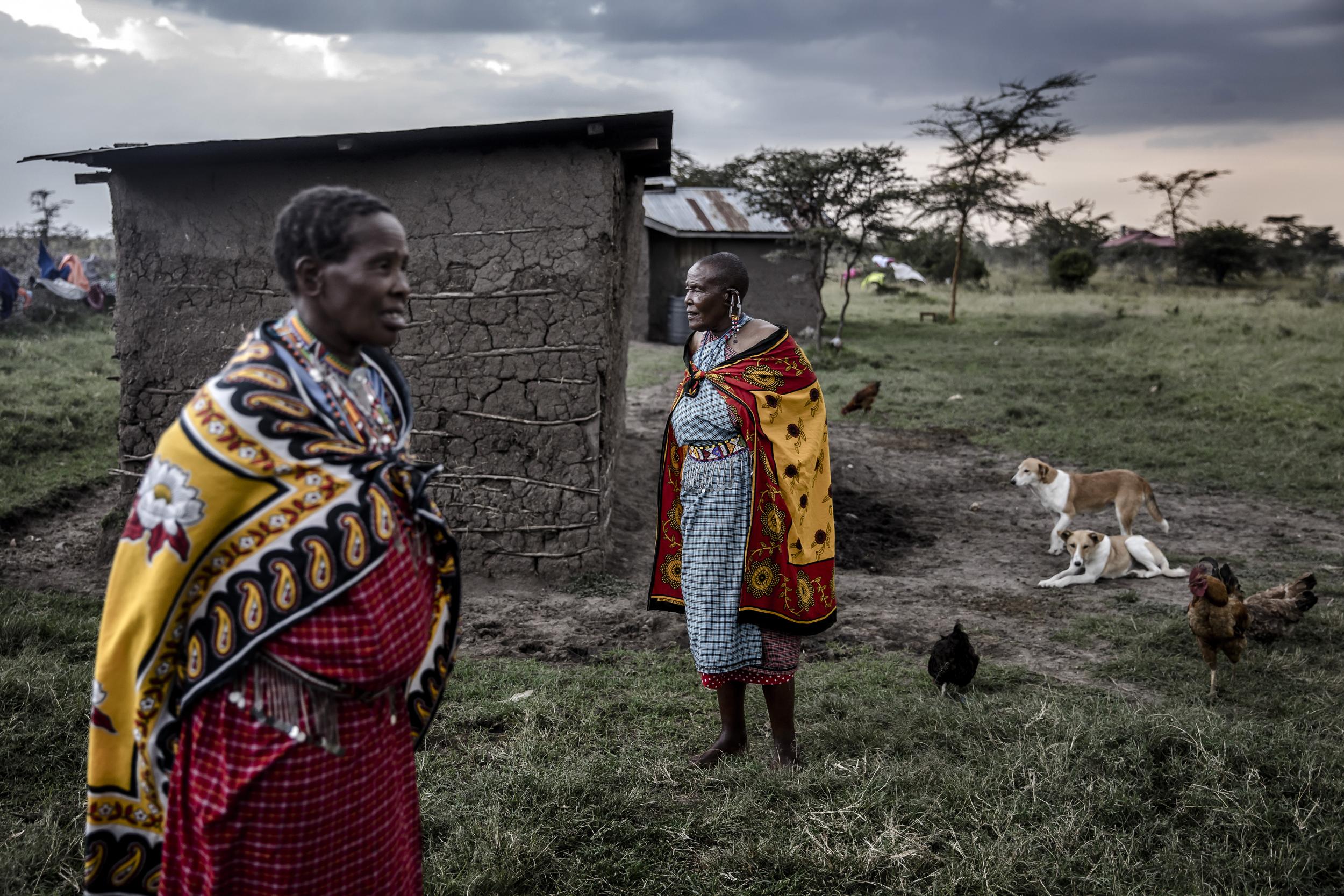
“It could be years before we can pay shares in full again,” says Mohanjeet Brar, the director of Gamewatchers, a safari company, and Porini Safari Camps.
Investors like Brar face a conundrum: the business could better survive the pandemic’s economic shock by totally shutting down, but for many conservancies, that would mean returning land to communities who would use it for grazing.
“If we could shut down and furlough everyone, it would be better for the bottom line and easier to reopen eventually,” he says. “But then we’d lose all the shareholders.”
The sudden nosedive has put the trajectories of thousands of guides aspiring to Lemara’s level on indefinite hold, including some of his own siblings. It is an especially cruel irony because fewer than 40 cases of the virus have been confirmed in the Kenyan county home to the Mara.
Lemara’s job, too, is greatly diminished. Instead of hosting lavish dinners and round-the-clock game drives, followed by telling stories around the camp bonfire, he goes out into the bush on his own, at times of day geared for viewers in American time zones, and live-streams safaris on Facebook and Instagram, where Porini has tens of thousands of followers.
Americans make up the largest and most lucrative portion of tourists in Kenya, and the virtual safaris are meant to entice people to come back “once this is all over,” he says.
A mobile phone video couldn’t convey how the savanna was coming alive with the grunts of other, unseen beasts, or how the scent of wildflowers rose off the plain
“It’s a way for us to remind viewers that the beauty is still here. It is waiting for you as soon as you can come,” he says. Rather than charge viewers a fee, he promotes an “adopt-an-acre” program in which people can essentially donate to the conservancy’s mission. (So far, that initiative has raised about $200,000 through the “adoption” of about 5,700 acres, with more than 35,000 acres still available.) He and Brar don’t expect bookings to return to normal until at least 2023.
“It’s a lesson,” he says. “So many Maasai went all in on tourism, and now in a flash, it’s all gone.”
For now, the best survival method is fundraising. Conservancy officials are scrambling to cobble together funds for immediate payments to shareholders but worry how long they can expect them to accept less than what they’re owed.
“Yesterday, I was on Zoom for 14 hours fundraising,” says Daniel Sopia, CEO of the Maasai Mara Wildlife Conservancies Association, which comprises 15 conservancies that surround the government’s Maasai Mara National Reserve and has secured enough to pay shareholders half their dues through next year. “We had expected to pay out $7.5m to shareholders this year. Now we’re just praying that people don’t sell their shares.”
Many in the industry are looking to Tanzania to see how its reopening plays out. It began welcoming tourists again in June, amid a propaganda push by President John Magufuli, who has declared the country free of the coronavirus. Kenyan operators worry that should hotspots of the virus emerge at camps there, the entire safari industry could be seen as high risk by potential visitors, further deepening the crisis.
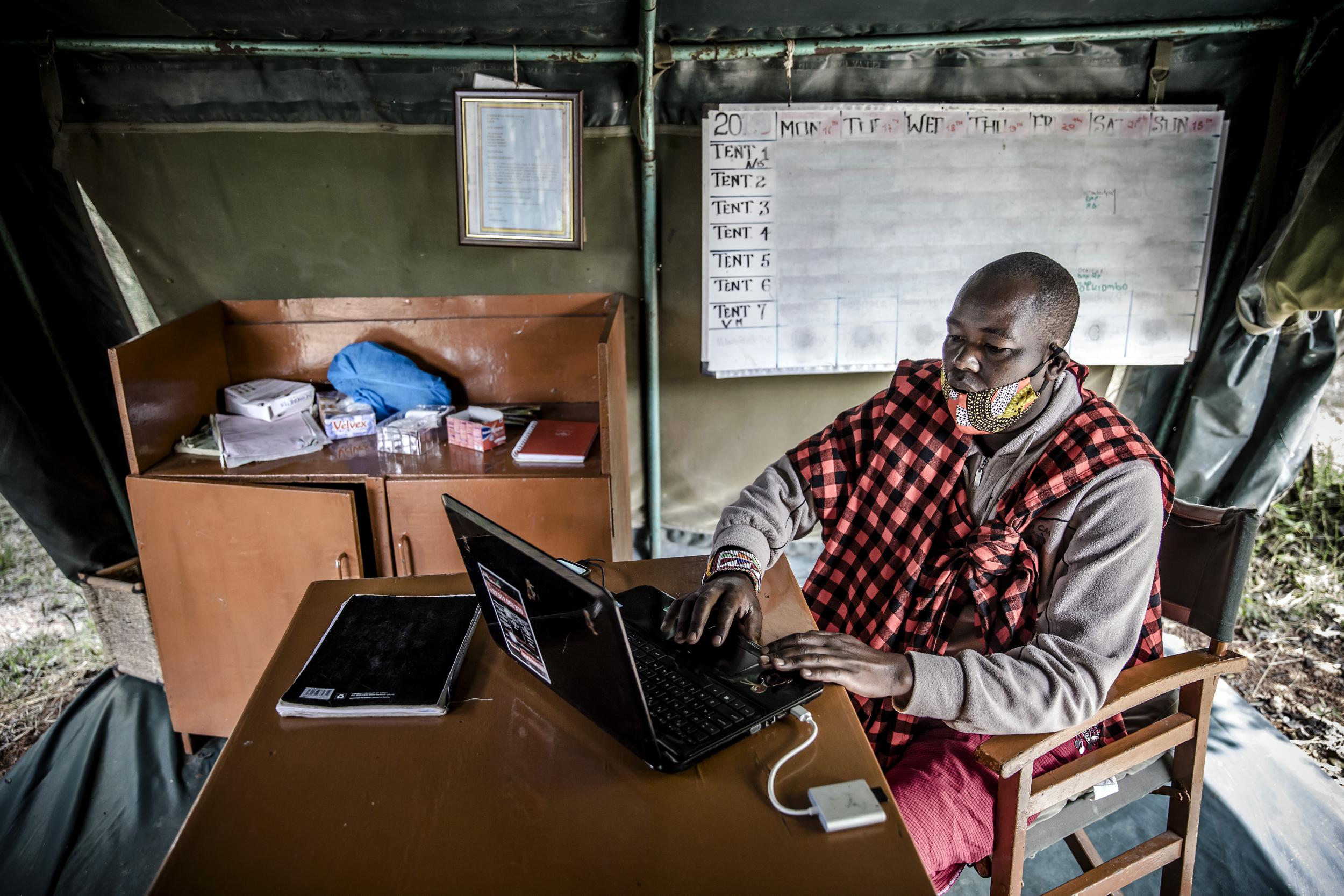
On July 6, Kenya lifted some domestic travel restrictions, allowing people to move around the country more freely. But domestic tourism accounts for a minuscule proportion of the whole.
“Tourism, for us, is an export product, like tea or coffee,” Kariuki says.
That’s why Lemara sees promise in the virtual safaris he hosts each dawn and dusk through his cellphone – they might just convince people that a conservancy is where they should take their first post-coronavirus vacation, whenever that may be.
On a recent morning, Lemara opened his phone and began to record.
“It’s another beautiful morning here in the Mara,” he started.
“The moon and Venus are in perfect alignment,” he continued, pointing his camera at the sky, where the first whispers of dawn hadn’t yet dimmed the stars.
Only a few minutes later, as the sun catapulted off the horizon, Lemara came upon a scene of intense carnal beauty: two lions mating as the rays of red light behind them were cut into shards by an errant cloud.
In America, where midnight approached, an attenuated version of the drama unfolded for viewers watching on bright screens in dark rooms. A mobile phone video couldn’t convey how the savanna was coming alive with the grunts of other, unseen beasts, or how the scent of wildflowers rose off the plain. Nor could whatever donations it prompted make up for the real thing: hordes of tourists and their dollars.
© The Washington Post
Join our commenting forum
Join thought-provoking conversations, follow other Independent readers and see their replies
Comments
Bookmark popover
Removed from bookmarks